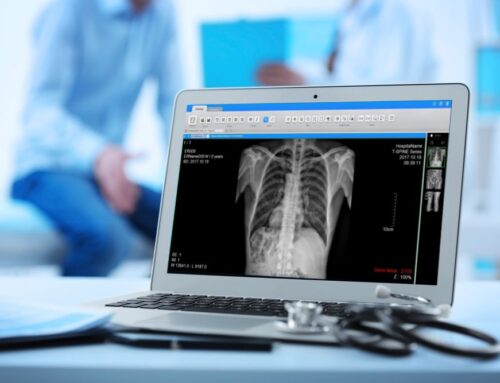Medical imaging is an extremely important element in medical practice in this day and age, but have you ever stopped to consider its true importance? Medical imaging has changed the face of the healthcare industry and allowed practitioners and scientists to learn more about the human body than ever before.
![]() In diagnosing an ailment or illness, physicians frequently order diagnostic scans such as an xray, CT scan, or MRI. While medical knowledge and discernment forms the basis of health practitioner diagnoses and decisions, medical imaging is a vital part of confirming any diagnosis. Medical imaging can also assist in decisions regarding treatment and future care of the issue. As technology advances, medical imaging can inform the doctor of internal problems that a basic external examination would fail to detect. Medical imaging is absolutely necessary when tracking the progress of an ongoing illness. MRI’s and CT scans allow the physician to monitor the effectiveness of treatment and adjust protocols as necessary. The detailed information generated by medical imaging provides patients with better, more comprehensive care.
In diagnosing an ailment or illness, physicians frequently order diagnostic scans such as an xray, CT scan, or MRI. While medical knowledge and discernment forms the basis of health practitioner diagnoses and decisions, medical imaging is a vital part of confirming any diagnosis. Medical imaging can also assist in decisions regarding treatment and future care of the issue. As technology advances, medical imaging can inform the doctor of internal problems that a basic external examination would fail to detect. Medical imaging is absolutely necessary when tracking the progress of an ongoing illness. MRI’s and CT scans allow the physician to monitor the effectiveness of treatment and adjust protocols as necessary. The detailed information generated by medical imaging provides patients with better, more comprehensive care.
The use of ultrasound imaging is extremely important for expectant mothers. Ultrasound technology has advanced significantly over the past decade, and sonogram images are now produced with a much higher resolution, creating finely detailed images. This gives obstetricians a vastly improved picture of the baby’s health and progress in the womb, allowing them to ascertain any issues of concern much earlier on in the pregnancy. As well as obstetrics, ultrasound is extensively used on other parts of the body including the soft tissues of the neck, breasts, abdomen, pelvis, and soft tissues of the extremities. It is also used as a guide for biopsies of soft tissues and for some treatments.
One further benefit of medical imaging is its function in preventative care. Recommended evaluations such as mammography can help detect early signs of breast cancer. An increase in the use of mammograms has been suggested to account for a 30% decrease in breast cancer fatalities since 1990.
Medical imaging also is used by surgeons as an aid in surgical procedures. One example of medical imaging as an effective surgical tool is in the case of endoscopic sinus surgery. The extensive network of the sinus can be examined closely prior to the procedure through study of a CT scan. CT scans can provide 3D images of various cross-sections of the body–images which are of absolute necessity when preparing to operate on such an area. CT scans are also being utilised more frequently during surgical procedures, for a similar purpose of guiding physicians throughout a delicate internal operation.
Medical imaging is truly a vital element of the healthcare world–an essential tool for physicians to assist with diagnostics, treatment, and prevention. As technology continues to advance at a rapid rate, we will see growth in medical imaging technology as well. With scientific advancement and a continued effective use, medical imaging will continue to help with earlier detection of health issues, aid in easier treatment, and provide increased preventative care.
Why is medical imaging important?
Medical imaging allows doctors to find diseases in their early stages, which leads to better outcomes for patients. Diseases are most treatable when they're caught early, so this revolutionary technology is truly life-changing.
What are the advantage and disadvantage of medical imaging informatics?
Advantages include excellent soft tissue contrast and resolution, can image on any plane, and doesn't use ionizing radiation. Disadvantages include high costs, lengthy scan times, and an inability to show calcification.

